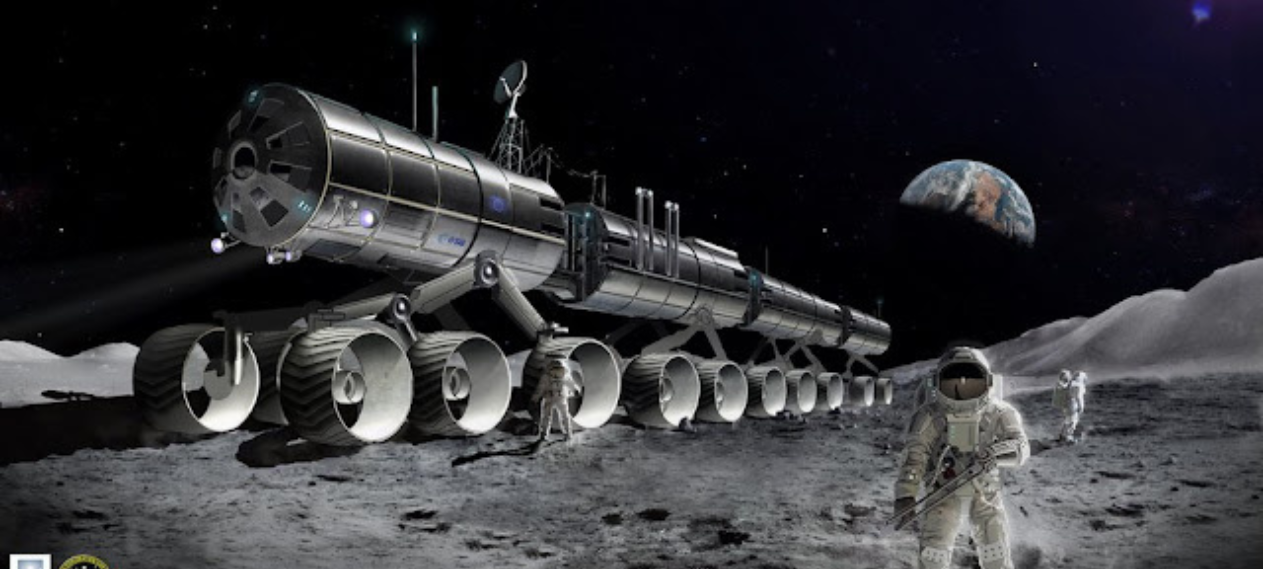Robotics specialist Ethan Schaler of NASA’s Jet Propulsion Laboratory in Pasadena, California, stated, “We want to build the first lunar railway system, which will provide reliable, autonomous, and efficient payload transport on the Moon.” “The everyday operations of a sustainable lunar base in the 2030s will depend heavily on a robust, long-lasting robotic transport system,” he continued. FLOAT stands for Flexible Levitation on a Track, the name of the proposed lunar rail system. A train system of any kind will be “critical to the daily operations” on the moon, according to NASA. According to the space agency, FLOAT’s primary goal would be to offer transport services in regions of the moon where astronauts are present. This will entail transporting large quantities of lunar dirt and other resources to various locations.
Read more: Celebrating Films with Strong Women Characters
According to Dr. Schaler, each robot will be able to move at a speed of about 1 mph (1.61 km/h) while carrying cargo of different sizes and forms.
Notably, last month, NASA also announced new efforts to develop and test new vehicle models designed to explore the moon.

